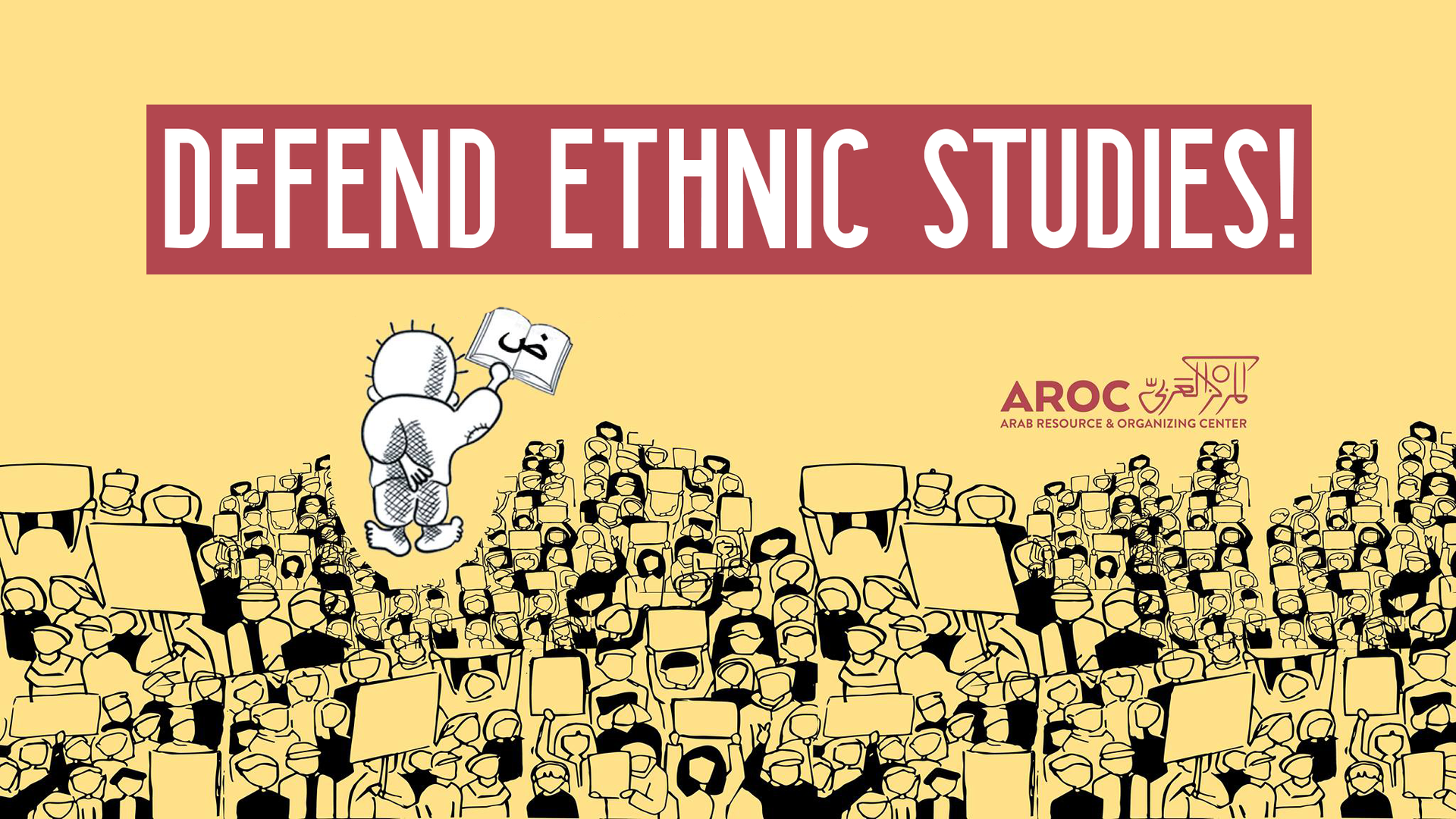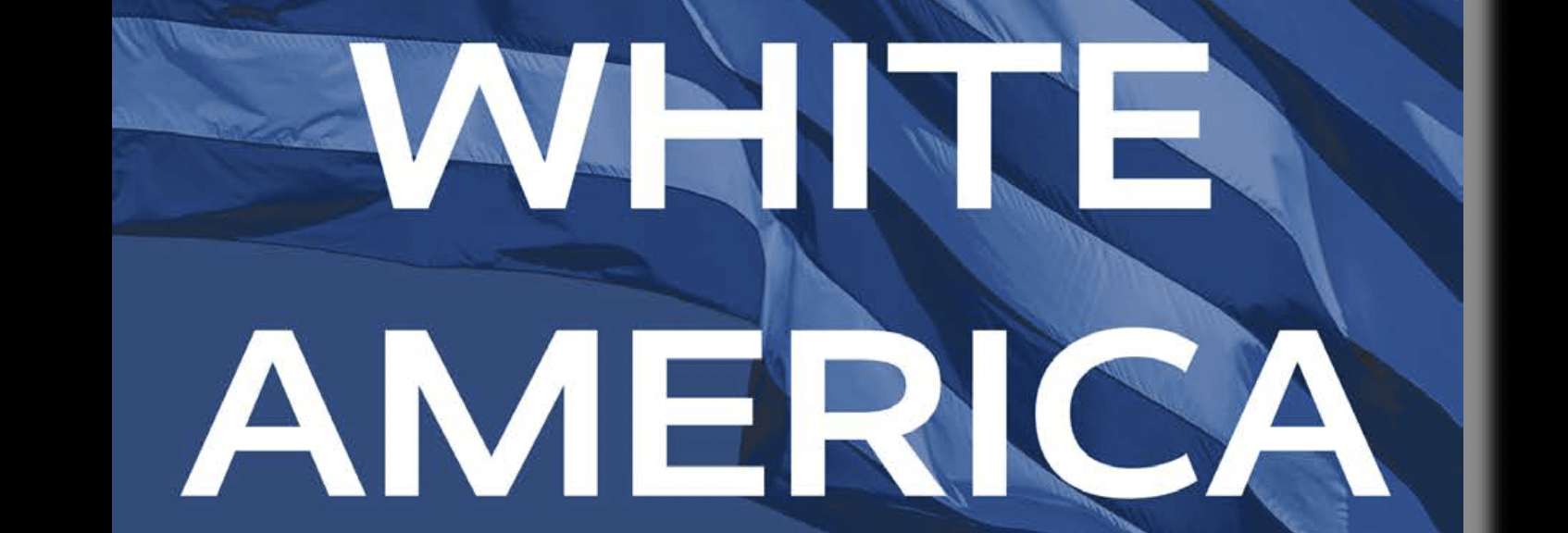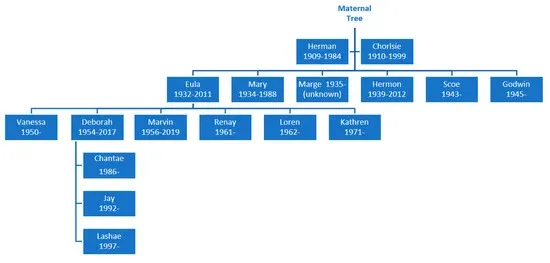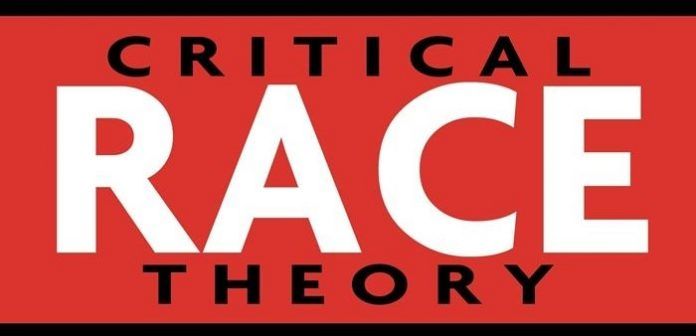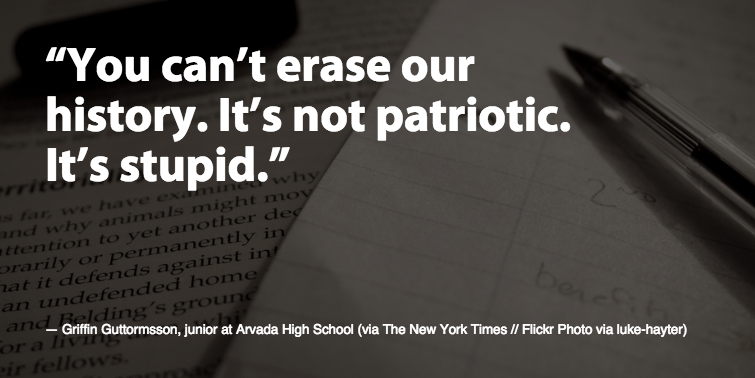Messaging
In the context of anti-CRT efforts, the right’s core narrative, which relies on fear and anger, manipulates the public into believing equitable education efforts are designed to harm White students, and that science-based policies conflict with common sense. Many parents and legislators had not thought deeply about these issues until they became the focus of controversy, and had never heard of Critical Race Theory until the right transformed it from an academic theory into a scary caricature. We now see predominantly White parent groups and state legislators organizing to oppose curricula and pedagogy that research finds beneficial to all students, particularly students of color. Many voters are simply perplexed, but hear the right’s narrative more loudly than they hear an alternative.
Francesca López and I are in the final stages of completing a book, Critical Race Theory and its Critics (Teachers College Press), that will be available for purchase this coming spring. In that book, we examine right-wing messaging strategies and how to counter them. For example, in April, 2022, conservative blogger Christopher Rufo tweeted:
The teachers unions shut down schools for more than
a year, endorsed critical race theory at their convention, masked children
against the evidence, and trapped families in failing districts. Now they're
looking to shift the blame. But it won't work. Parents have seen the truth.
This tweet follows a pattern that is common on the right. It frames Critical Race Theory and mask mandates as the problem, teachers and teachers’ unions as the villain, and families who fight against these things (who are mainly White and affluent) as the solution. Based on his excellent analysis of messaging, in his book Merge Left, Ian Haney López (2019) explained: "The Right’s core narrative urges voters to fear and resent people of color, to distrust government, and to trust the marketplace. The Left can respond by urging people to join together across racial lines, to distrust greedy elites sowing division, and to demand that government work for everyone " (p. 174).
Similarly, the organization Words that Win aims to educate the public about strategic messaging. In a series of short articles, Words that Win summarizes key strategies that are imperative to successful coalition building. Three key components of a successful message include naming a shared value, calling out the villain, and ending with a shared vision.
So, Rufo’s tweet can be countered with a message that goes something like this:
No matter where they are from or what color they are, families want high quality education that their children can relate to, provided in schools that are safe to attend. These are measures that the teachers’ unions support. But today, a few political pundits and legislators are opposing inclusive curricula and public health safety measures in schools. By standing with teachers, we can ensure that all children can learn in classrooms that reflect people like themselves, and that they will not get sick in the process.
Ian Haney López and his colleagues conducted extensive research to determine what kind of messages were most likely to persuade voters, particularly those in the middle. In a racially and ethnically diverse society, is it best to downplay our diversity, or to name it explicitly? Specifically, Lopez and his team wanted to know whether diverse coalitions can be built to work for economic justice initiatives, by naming our differences. He refers to such messaging as “race-class” messaging.
He and his team found that “race-class messages were more convincing than colorblind economic populism” (p. 175). He points out that voters in the middle “hear racial fear messages everyday,” but find messaging that explicitly connects people across racial and ethnic lines to be more convincing.
What all of this says to me is that those of us working to make social institutions such as schools work well and equitably for everyone can win public support when we frame value messages in explicitly inclusive ways (ways in which most readers can see themselves), name “villains” directly, and propose inclusive solutions that call on government to serve us all.
You will see more discussion of these issues in our book, Critical Race Theory and its Critics, which will be available in spring, 2023.
Christine Sleeter
